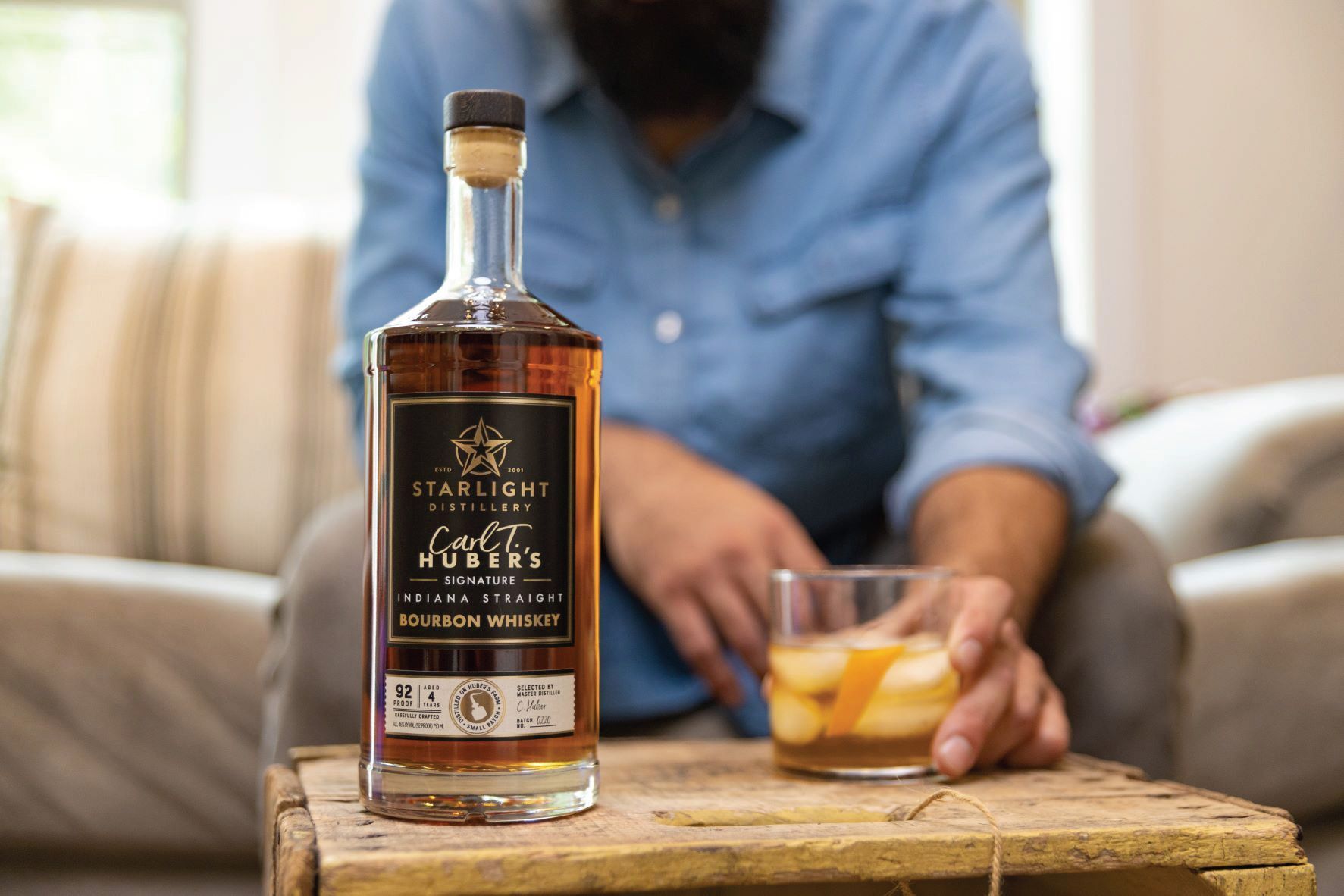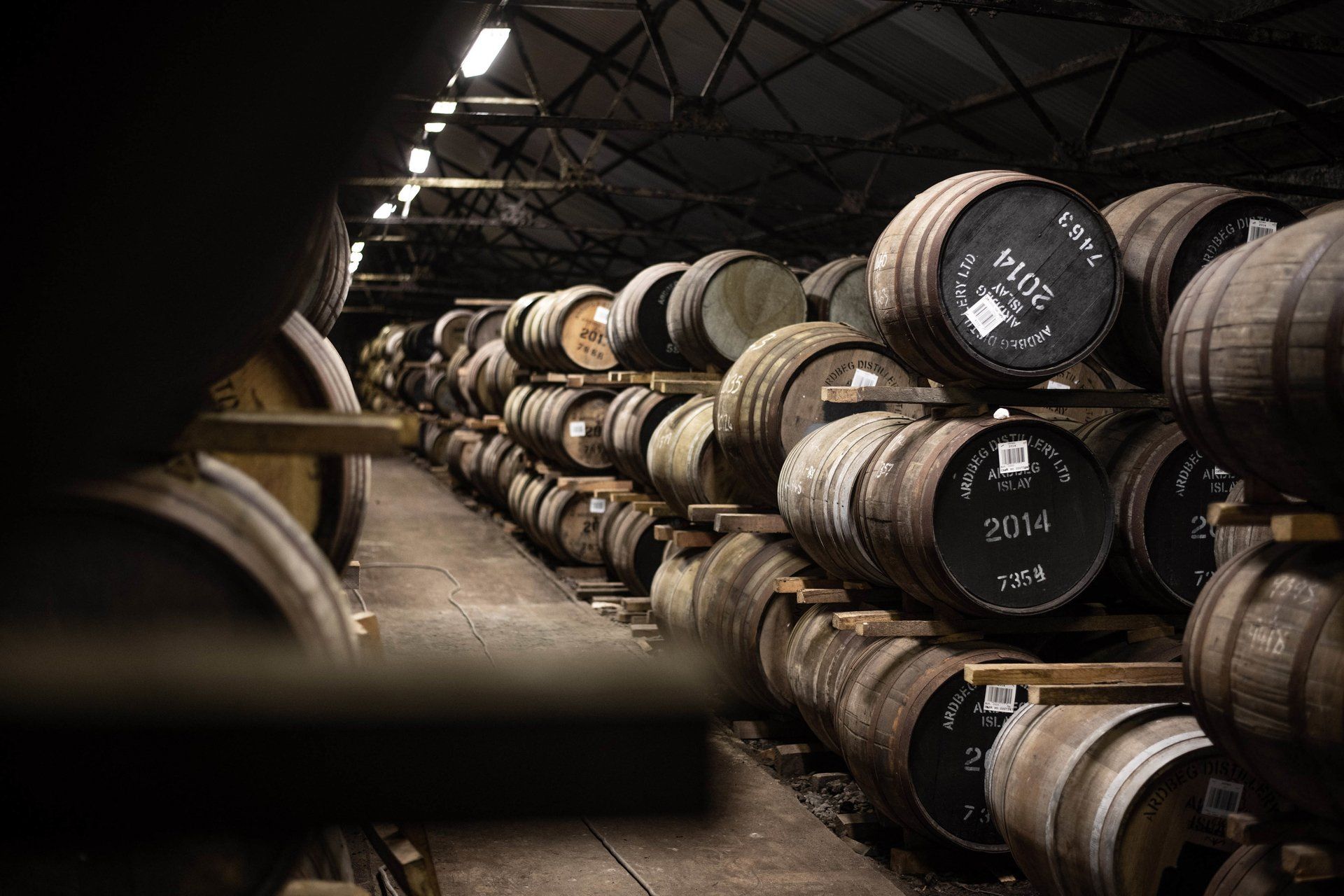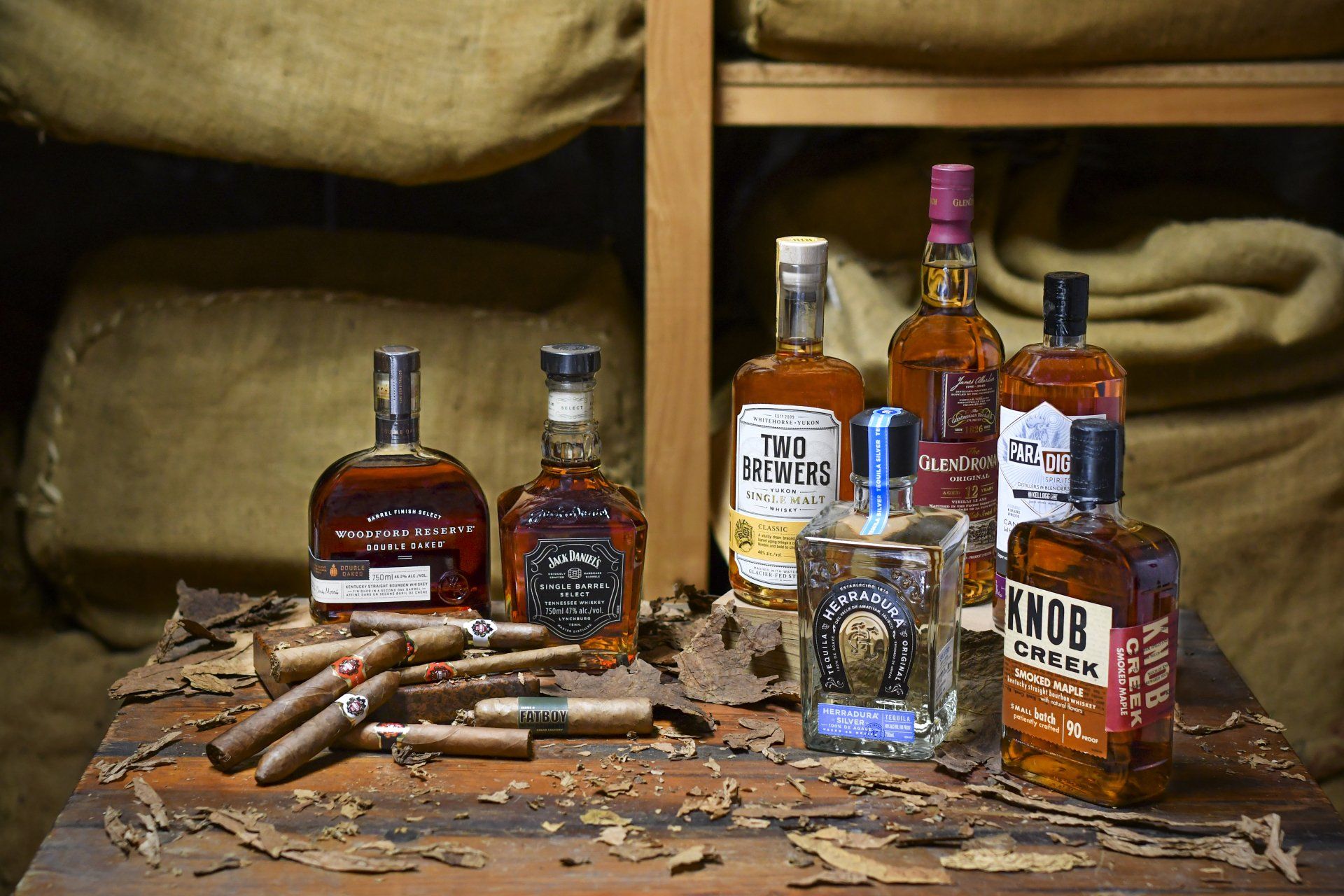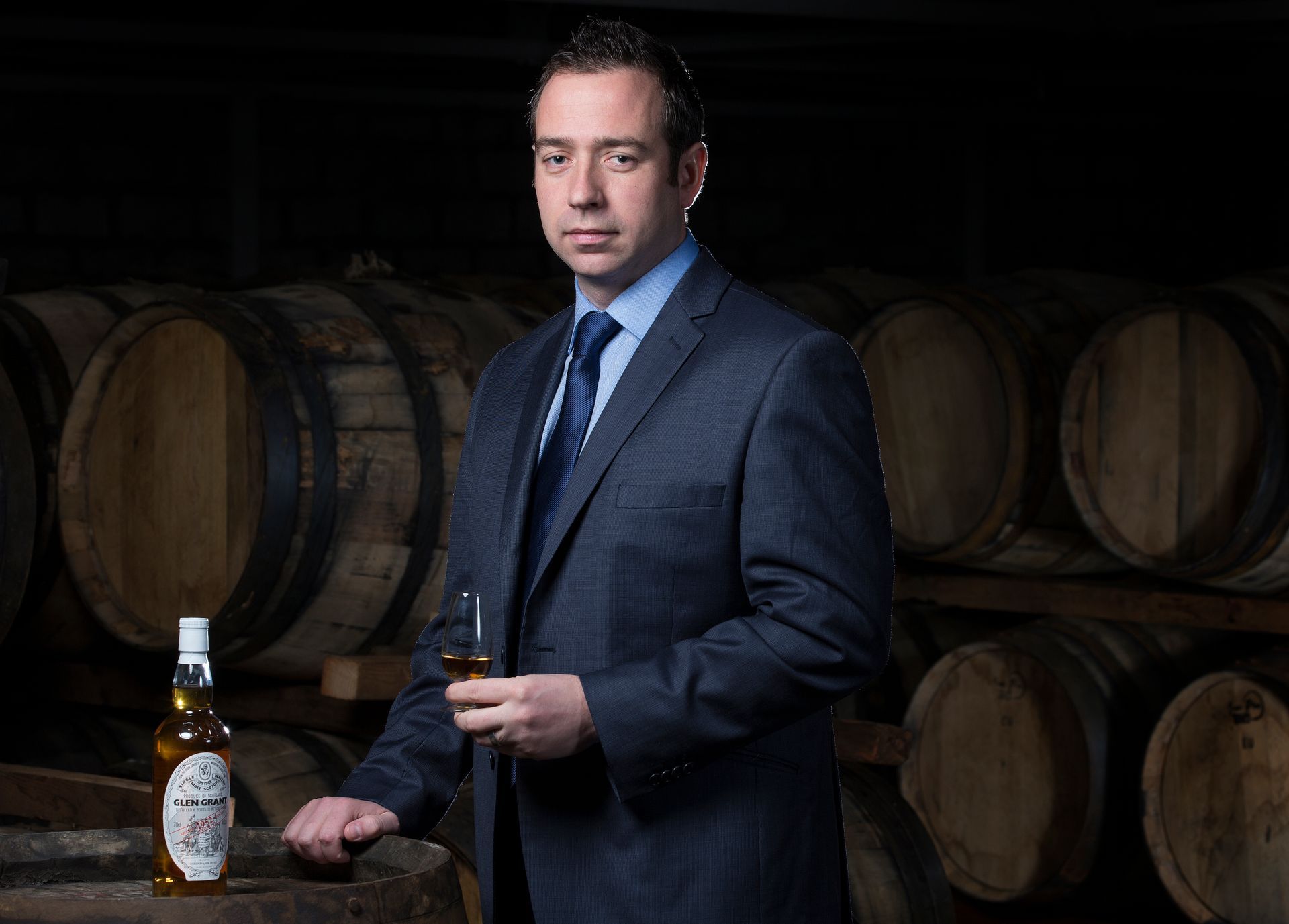Spirits of Adventure Tour 2021
In July 2020, Theresa Smith, aka “The Canadian Whisky Smith,” had a goal. She would visit 19 Alberta distilleries in 7 days! By the time the week was over she had stopped at 24 of them, but who’s counting?
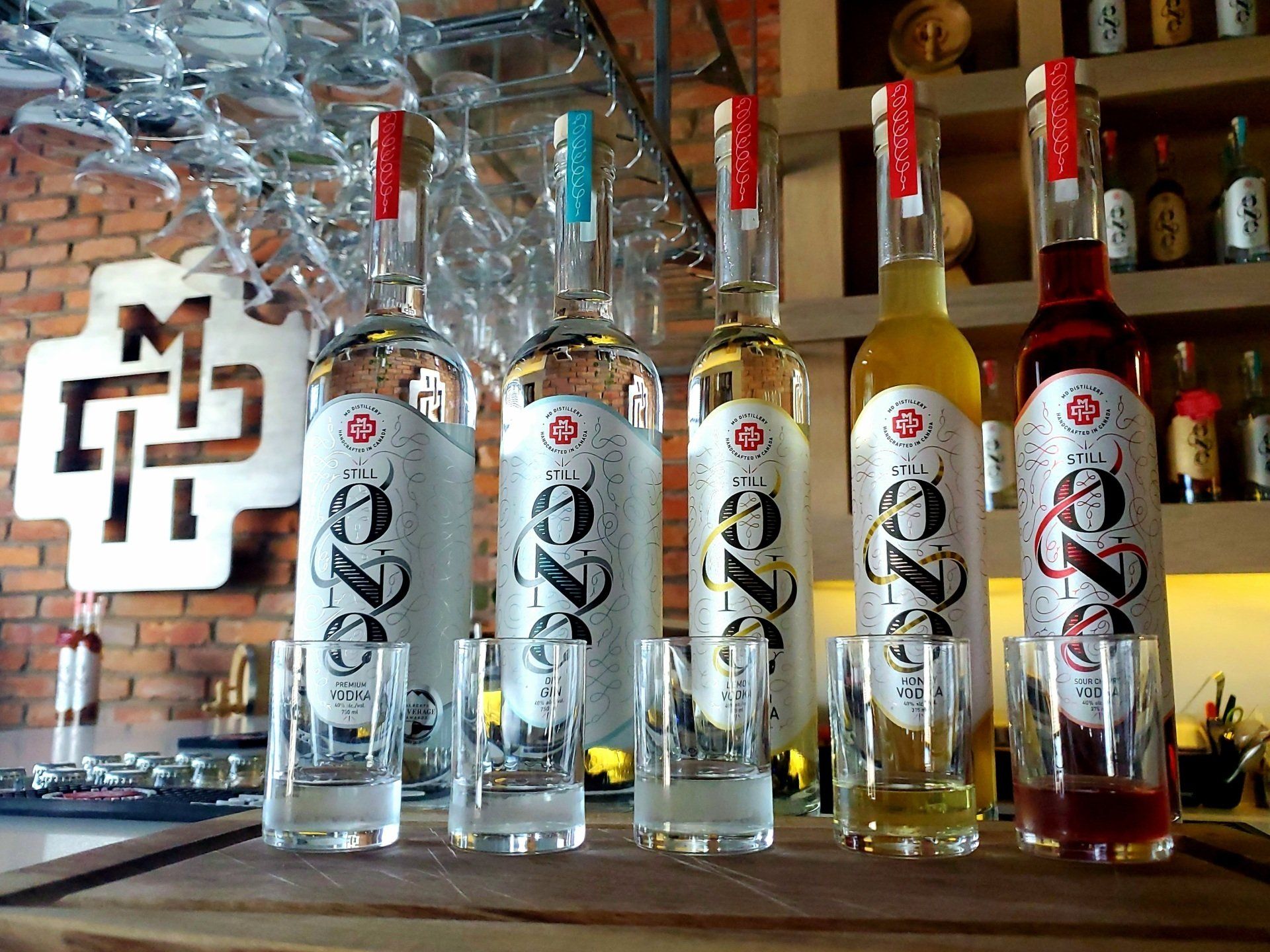
Alberta’s distilling scene has exploded in the past several years. Currently there are more than 30 active distilleries in the province, ranging in size from farm-based microdistillers, to multi-national operations. Donning her cowboy hat, and with her copy of The Definitive Guide to Canadian Distilleries in hand, Theresa set off on her 2,500 km journey. This year, she vowed to do more. Over a period of 10 days she travelled as far south as Medicine Hat and way up north to Grande Prairie. And, as she did last year, she collected autographs from distillery staff along the way.
Grit City
This year, Smith’s Spirits of Adventure tour focused on newer distilleries such as Grit City in Medicine Hat. According to owner and distiller Jen Schmunk, it takes grit to live in “The Hat,” and the distillery name is an homage to those who have what it takes to make a life in Alberta’s desert. As with many small distilleries, Grit City focusses on local ingredients and the community. They make their Absinthe, for example, using locally foraged wormwood.
Schmunk set up Grit City in an old mechanic’s garage, and because the ceiling slopes down toward the back she had to plan the layout and equipment carefully. Now, with the original brick restored, many details from its past life can be found peeking through the distillery setup. There she produces a range of young spirits, as well as rum (Schmunk’s favourite spirit to distil). She is also laying down whisky for release somewhere down the road.
MD Distillery
Vodka has a rich heritage in Eastern Europe. But when Marcin Hrehoruk and Darin Turyn looked at Alberta’s spirits
market, they couldn’t find the style of spirits they were used to in Poland and Ukraine. So, they decided to start making their own. They established MD Distillery in Edmonton, and began crafting Alberta white wheat and other quality ingredients into vodka. For their flavoured vodkas they use natural ingredients rather than tinctures, dyes, and extracts as some larger distilleries do. This must be why their honey vodka tastes fresh from the hive and their fruit vodkas are so rich and flavourful without being sugary liqueurs. Although whisky is not on the docket, MD barrel ages some of its vodka. The flavour is softer than whisky, with light, toasted notes.
Hawke Prohibition
From his base in Sherwood Park, near Edmonton, distilling industry consultant, Doug Hawke has worked with a number of craft distilleries in Western Canada, helping build their stills and get their operations off the ground. Last year, when Covid-19 hit, he fired up a still of his own and started producing hand sanitizer (like many other distillers). Over the past year Hawke Prohibition has also begun making vodka and gin.
Latitude 55
After several years as head distiller at Crown Royal in Gimli, Manitoba, Nick Kebalo needed a new adventure. So, he headed west until he ended up in Grande Prairie. There he start a brand-new distillery: Latitude 55. Vodka, gin, rum, young rye, and moonshine all line the back wall behind the bar. Barrels of ageing spirit (whisky and rum) abut just about every other wall in the building. Smith’s long drive to Grande Prairie was well rewarded with a fun-filled visit and some great spirits.
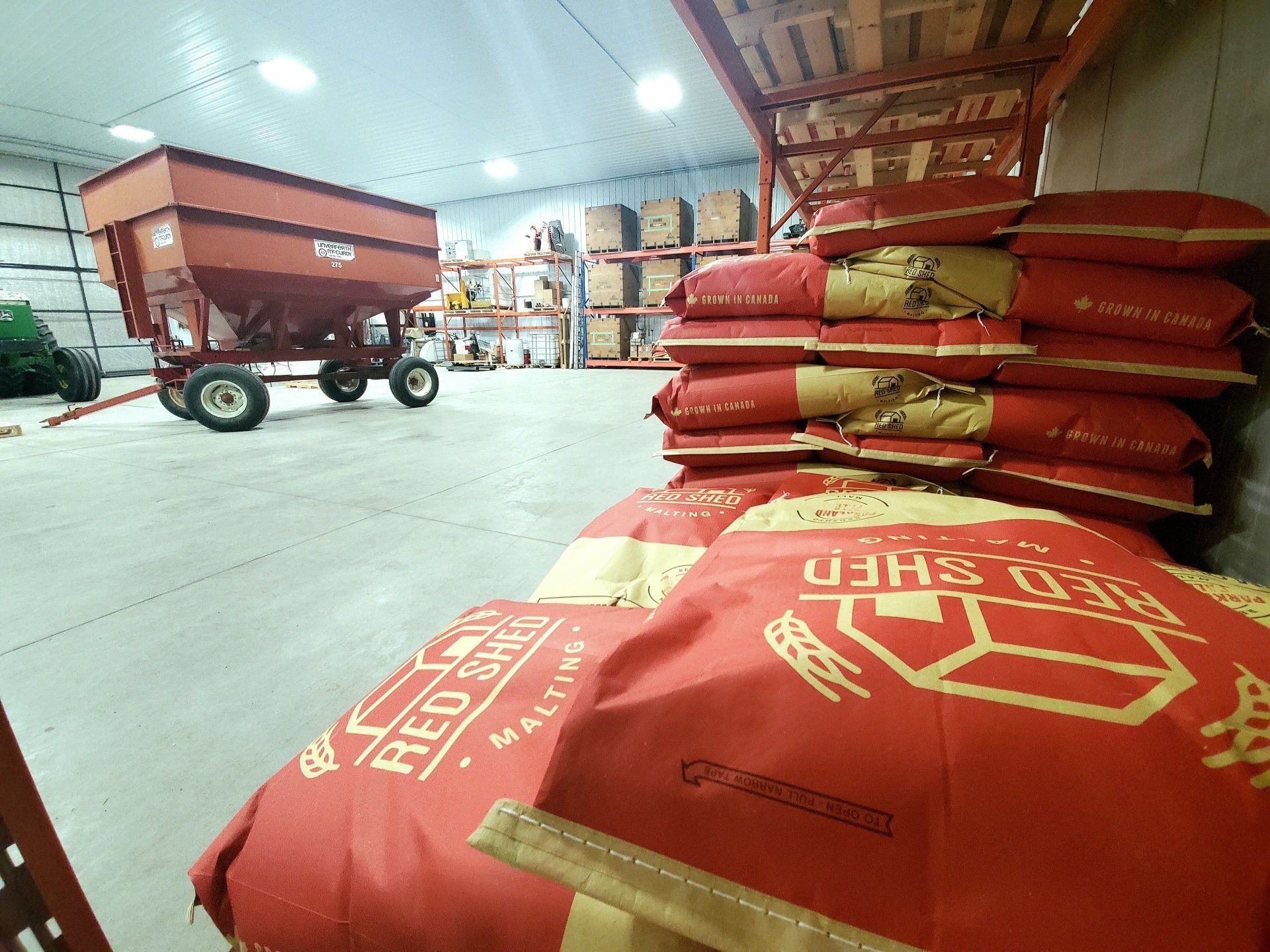
Broken Oak
When the oil industry took a dive a few years ago, many folks were left looking for new opportunities. After going down a few different roads, truck drivers Shawn Herbert and Patrick Chute settled on distilling. Smith was greeted at Grande Prairie’s Broken Oak with a fun tasting and tour. This included a sample of the sleeping Broken Oak whisky and a chance to see their “Brum” still in action. What is Brum? It’s a local term, coined by Rig Hand Distillery in Nisku, Alberta for a rum-style spirit made from Alberta sugar beets and molasses. They may call it “Brum,” but Smith calls it “Yum.”
West of 5th
A stop at West of the 5th Distillery, in Barrhead, Alberta, was at the top of Smith’s list of places to visit on her Spirits of Adventure tour. She had travelled to Barrhead often while growing up, and had wanted to visit in 2020. However, 19 Distilleries in 7 Days doesn’t leave a lot of extra time for getting off the beaten path. She was determined to make it there in 2021.
Founded by brothers Nathan and Caleb Zdrodowski, West of the 5th primarily distils sugar-based spirits and moonshine liqueurs, using many ingredients from their family farm. There is rum ageing in barrels at West of the 5th and some distilled grain sitting around, too, just waiting to turn into Canadian whisky. Their Barrel Yard releases are the result of some of their first ageing experiments. While the Zdrodowskis typically use ex-Bourbon casks, they have other casks in rotation for both ageing and finishing.

Fort Distillery
The Fort Distillery in Fort Saskatchewan was stop number 19 in 2020. While there wasn’t time to revisit many of the distilleries from last year’s trip, Smith felt a special connection to The Fort. And while the tasting room hadn’t changed much over the year, the still room was another story. Rows of casks and several
new pieces of equipment crowded into the back, while staff worked to hand label the newest release.
The Fort Distillery recently released its first single malt called Heartwood. It was a cooperative project, as the spirit had been distilled at Old Prairie Sentinel, before it closed. That’s where Fort owner Nathan Flim learned his trade working under OPS’s master distiller.
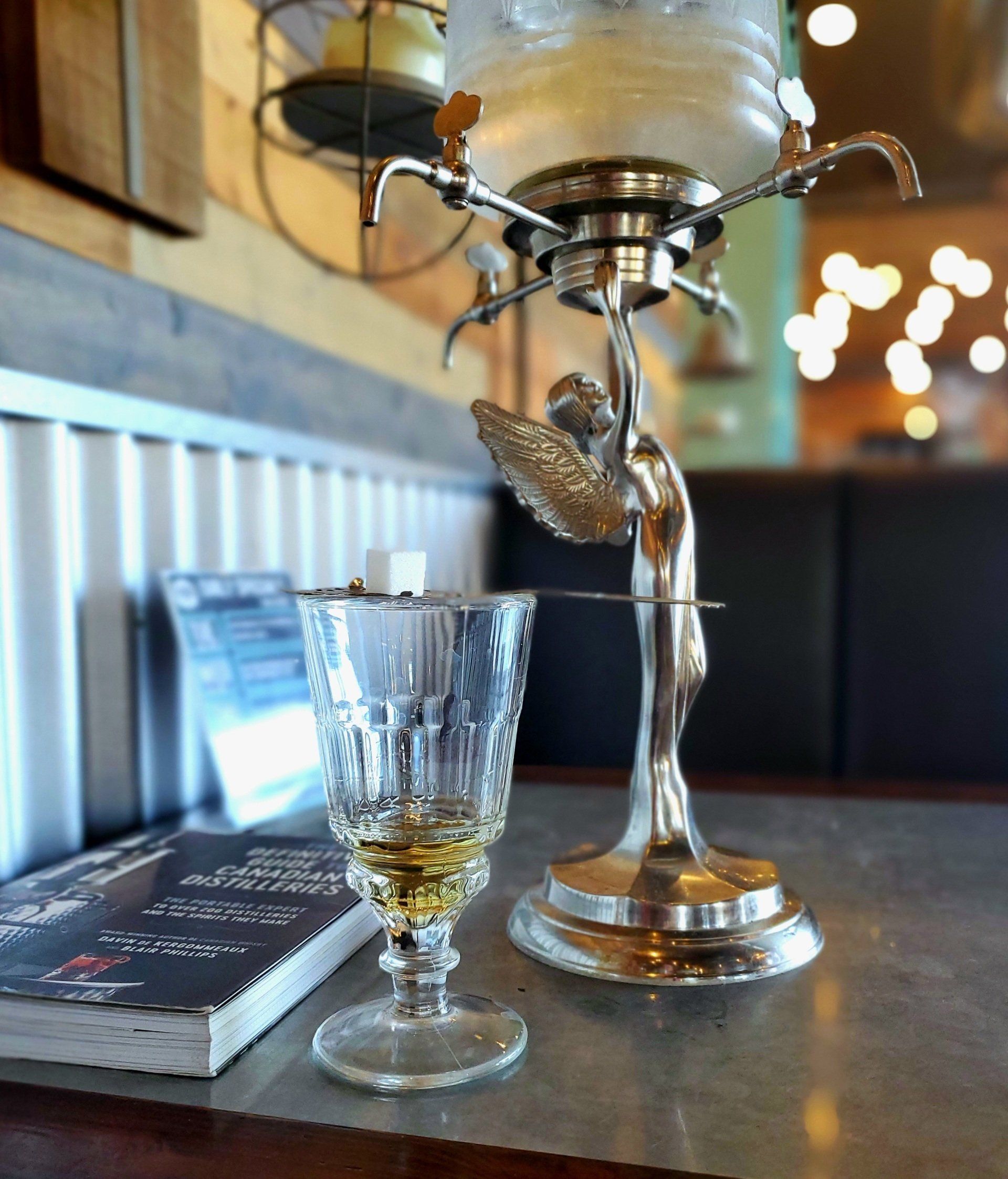
Troubled Monk
Troubled Monk is best known for its beer, but they’ve also been distilling spirits for several years now. They put one of those first spirits into a mini cask, well, no one really seems to recall exactly when. According to head distiller Adrian it was probably a couple of years ago and it was most likely single malt distilled from two-row barley from Red Shed Malting. In addition to beer and spirits, the folks at Troubled Monk are also known for their sense of humour. For example, a grain hopper above their “4077th M*A*S*H Tun” is adorned with an image of Arnold Schwarzenegger and the caption: “Get to da Hoppa!" Troubled Monk is located in Red Deer.
Red Shed Malting
The spirits industry has a longstanding relationship with farms and agribusiness. Without farms, there would be no grain. And without grain, there would be no whisky. As craft brewing and distilling grow, companion industries like specialty malting have also emerged. Created by John and Susie Hamill and their sons Matt and Joe, Red Shed Malting is located on the family farm near Penhold, Alberta, and is part of a growing segment of craft maltings.
Malting tricks the barley into sprouting. This releases natural enzymes which make the sugars in the grain accessible to yeast during fermentation. All grains can be malted, but barley develops more natural enzymes than others. After the barley sprouts, they heat it to stop the growth. The dried malt can then be roasted to produce a broad range or flavours for use in beers and spirits.
Before Red Shed and other craft maltsters, like Hammer Malt (Westlock, Alberta), came on the scene, breweries and distilleries had to order specialty malts from the US or overseas. In some cases, it was Canadian barley, exported for processing, and re-imported from foreign markets. As demand continues to grow, many in the industry are looking for sustainable options from local producers.
It seems that despite the pandemic, Theresa’s 2021 Spirits of Adventure tour was another flavourful look at Alberta’s distilling scene. We can only imagine what 2022 may bring.
Share this article
